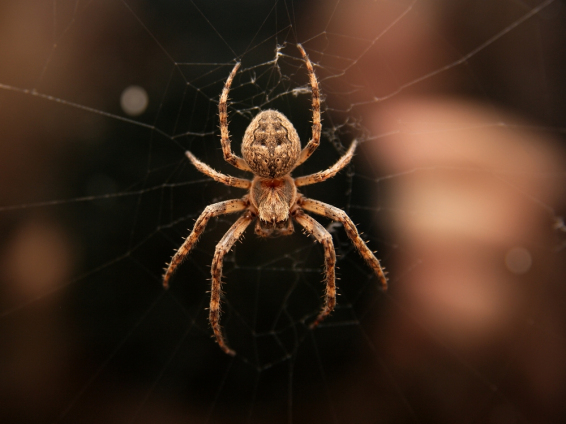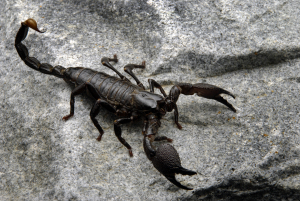

Arachnids are a group of animals which are joint-legged invertebrates. There are over 100,000 described species of Arachnids and an even larger number of undescribed species. As time passes, the number of described species will continuously increase. When a species is undescribed it means that it has been discovered but hasn’t been formally named or described.
There are various types of animals which belong to the Arachnid animal class. These animals include spiders, mites and ticks, harvestmen, and scorpions. All Arachnids have 8 legs and do not have any antenna or wings, unlike insects. Arachnids have exoskeletons which protect their bodies with an additional second layer of protection, which is cartilage. The cartilage layer is called endosternite.
Habitats
The majority of Arachnids live on land, while a few species will live in both fresh and marine water habitats. Arachnids are vulnerable to drying up, which is referred to as desiccation. For this reason, Arachnids choose to live in humid areas which do not have much light.
Arachnids can be found pretty much everywhere on this planet as they have adapted to live just about anywhere. Spiders can be found in places such as beaches, forests, and deserts. Scorpions are usually seen as animals which live in deserts and hot environments. However, they are able to live in other environments as well, such as forests and mountainous regions, as long as they have soil to dig into and the necessary food sources. Mites and ticks can live in a wide range of habitats as well, ranging from fresh water to soil and plants.
Reproducing
Arachnid reproduction involves the gonads which are located in the abdomen. The reproductive opening for the Arachnids is located in the second abdominal segment. In most Arachnid species, the male will deliver his sperm in a package, this is referred to as spermatophore. Before this process is done, the Arachnid species perform a courtship ritual which has evolved over time, and this ritual ensures the safe delivery of the sperm.
Spiders, harvestmen, ticks and mites lay eggs. Whereas, scorpions bear their young and do not lay eggs to give birth. Spider eggs hatch into immature arachnids which look just like the adults but much smaller. Over time, these arachnids grow larger and maintain the same appearance.
Ticks and mites lay eggs and when they hatch, they are at the larvae stage and over time, grow to become adults and change their appearance, to resemble the adults of the species.
Diet
Most Arachnids are carnivores, which means that they eat other smaller invertebrates. The exceptions to this are mites and harvestmen, which can also eat plants. Ticks live off of animal hosts, so they need to sustain themselves.
Some Arachnids hunt their prey and eat them, which mainly applies to the carnivores. Others don’t need to do this and can use their mouths to drain fluids from other animals and plants.
